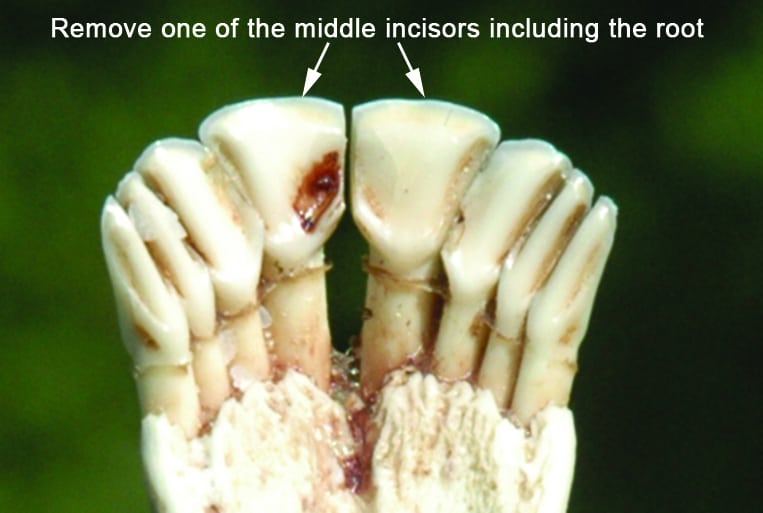
The Vermont Fish & Wildlife Department is asking hunters for help in a statewide initiative to gather more biological data on the state’s deer population. Hunters who get a deer during the Nov. 14-29 regular deer season are asked to provide an incisor tooth from their deer.
Biologists are collecting one middle incisor tooth from all regular season bucks in order to evaluate regional differences in ages and antler characteristics as well as to help estimate population size, growth rate, health, and mortality rates. Each tooth will be cross-sectioned to accurately determine the deer’s age, and the results will be posted on the Fish & Wildlife website next spring.
Tooth envelopes can be picked up at deer reporting stations by social distancing and wearing a face covering. If you choose to report your deer online, you can still provide a tooth by dropping it off at a reporting station by Nov. 30, or by mailing the tooth along with the date of kill, your name and conservation ID to: Deer Project, Vermont Fish & Wildlife Department, 271 North Main St., Suite 215, Rutland, VT 05701.
“Knowing the ages of harvested deer is critically important, and more information allows us to make better management decisions,” said Nick Fortin, Vermont Fish & Wildlife’s deer project leader. “To produce accurate population estimates, and to better assess our current management strategies, we really need to get teeth from as many bucks as possible.”



